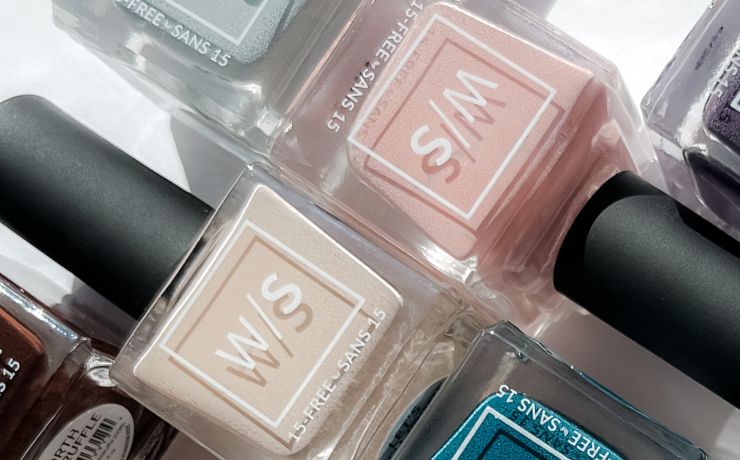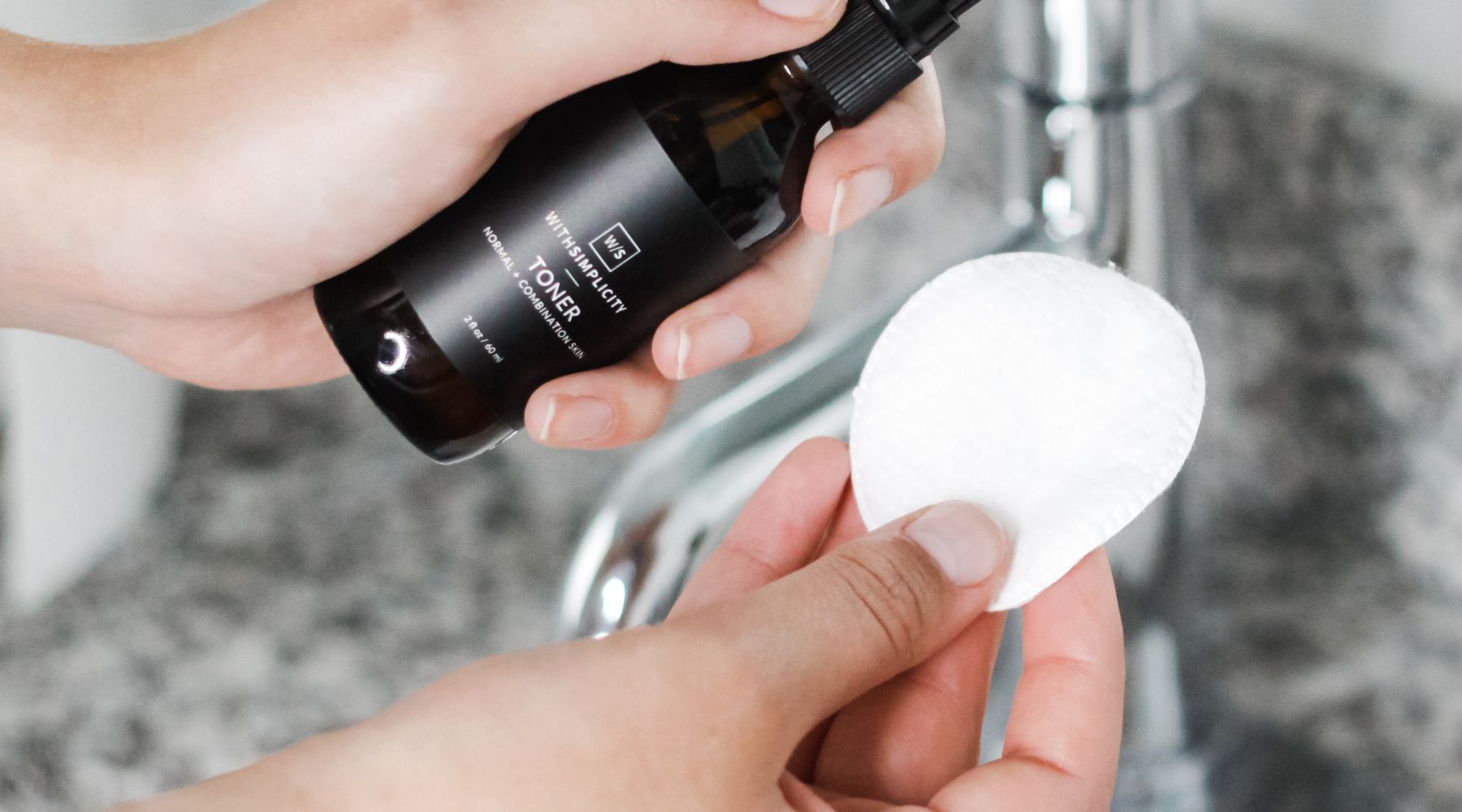withSimplicity | March 18, 2025
3 Safer Alternatives to Benzoyl Peroxide for acne-prone skin

If you’ve ever battled acne, chances are you’ve reached for a product containing benzoyl peroxide (BPO). It’s been a go-to ingredient for decades, praised for its ability to kill acne-causing bacteria and reduce breakouts. But here’s the catch: while it may deliver quick results, it comes with some potentially harmful side effects—ones that can compromise your skin’s health in the long run.
The good news? There are gentler, cleaner alternatives that fight acne just as effectively—without the risks. Let’s dive into why benzoyl peroxide might not be your skin’s best friend and explore three powerful, natural ingredients you can swap it for.
The Dark Side of Benzoyl Peroxide
Benzoyl peroxide works by creating oxygen in the pores, which kills bacteria and reduces inflammation. Sounds great, right? Well, not so fast. Here’s where things get tricky:
- It Can Create Benzene – A Known Carcinogen. When exposed to heat, light, or prolonged storage, benzoyl peroxide can degrade and form benzene as a byproduct. Benzene is classified as a Group 1 carcinogen by the World Health Organization (WHO), linked to leukemia and other blood disorders with prolonged exposure. Even though the amount of benzene in BPO products is small, frequent or long-term use could increase your exposure.
- It Strips and Irritates the Skin. Benzoyl peroxide doesn’t just target acne—it can also strip your skin’s natural oils, leading to dryness, redness, and flakiness. This can weaken your skin barrier, making it more vulnerable to irritation and environmental damage.
- It Increases Sensitivity to Sunlight. Using benzoyl peroxide regularly can make your skin more sensitive to UV rays, raising your risk of sun damage and premature aging. Pair that with the potential for over-drying, and you’ve got a recipe for dull, inflamed skin.
3 Safer, Cleaner Alternatives for Acne Prone Skin
The good news? You don’t have to sacrifice clear skin for healthier skin. These non-toxic alternatives are just as effective at keeping breakouts at bay—without the harsh side effects.
White Willow Bark Extract: Nature’s BHA
Derived from the bark of the Salix alba (white willow) tree, it contains salicin, a natural compound that the body converts into salicylic acid—a beta-hydroxy acid (BHA) used in acne skincare products to treat acne and promote clearer skin.
Willow bark also helps soothe redness, swelling, and irritation caused by acne or environmental stressors. Its calming effect makes it especially beneficial for sensitive or acne-prone skin.
Tea Tree Oil: The Antimicrobial Hero
Tea tree essential oil is well-known for its potent antimicrobial and anti-inflammatory properties. Used in acne spot treatments, cleansers, and moisturizers, tt helps combat acne and skin infections, while also soothing irritation and promoting clearer, healthier skin.
Tea tree oil contains terpinen-4-ol, its primary active compound, which has been shown to effectively kill acne-causing bacteria (Propionibacterium acnes) without disrupting the skin’s natural microbiome.
Niacinamide: The Multitasker
Niacinamide (Vitamin B3) helps regulate sebum (oil) production, making it particularly effective for oily and acne-prone skin. By minimizing excess oil, it reduces the likelihood of clogged pores, blackheads, and breakouts.
It also has brightening, anti-inflammatory, and barrier-strengthening properties.








